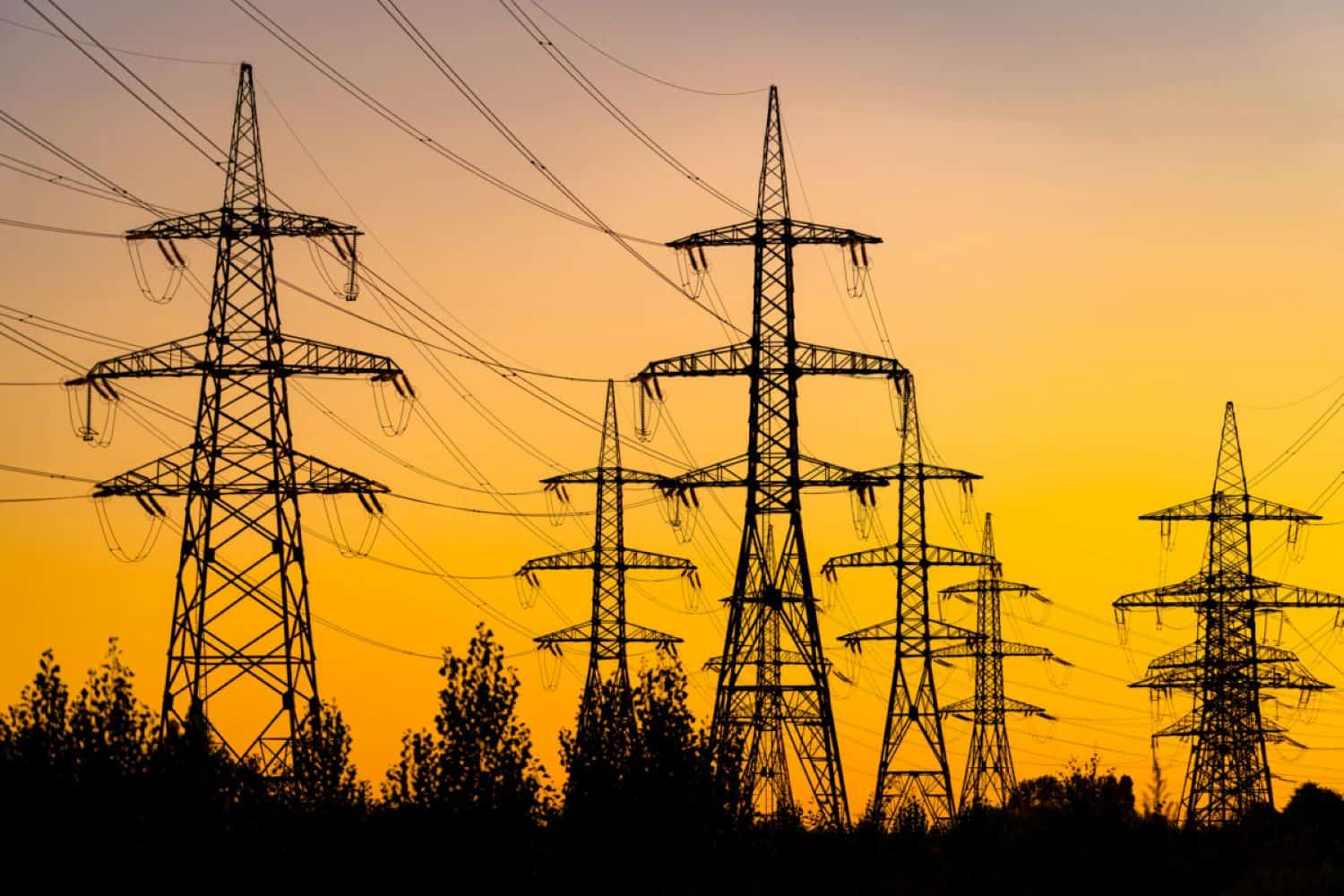Motivating the 36.1% tariff increase Eskom wants next year, CFO Calib Cassim asked for more transparency regarding subsidies currently built into the utility’s electricity tariffs.
Cassim was speaking at a briefing to journalists early this week about Eskom’s tariff application to energy regulator Nersa for revenue of R455.5 billion in FY 2025/26, R495.3 billion in FY 2026/27 and R585.6 billion in the last year of the three-year period covered by the application.
The percentage increase that Eskom wants for the two outer years is 11.8% and 9.1%, respectively.
Nersa must consider Eskom’s needs and balance them with the needs of consumers, taking affordability into account. Eskom is by law entitled to recover its efficient cost plus a reasonable margin from consumers through electricity tariffs.
The regulator has invited written submissions about the application and will hold public meetings in every province to hear the views of stakeholders.
ALSO READ: New tariff structure may raise costs for some Eskom users
Some customers pay more
At the briefing, Eskom pointed out that other customers pay more to fund the negotiated pricing agreements Nersa approved for several intensive energy users (typically smelters). Due to confidentiality, it cannot disclose the total subsidy, but it said the subsidy will increase by R21 billion in the next financial year.
Large power users, mostly industrial customers, on the other hand, in the current year, pay R7 billion more to subsidise the tariffs of poor households.
This is one of several measures to protect poor residential customers against high electricity tariffs. Currently, they pay a third less than other households supplied by Eskom, the utility said.
ALSO READ: Light flickers for Eskom: Stabilisation of grid points to turning point – energy expert
Arrear debt
In addition, Eskom is asking for the regulator’s approval to recover almost R9 billion in the next financial year to compensate it for arrear debt. Municipalities are already R85 billion in arrears on their bulk purchase payments to Eskom, R11 billion of which is owed by four metros.
If approved, it can be seen as a subsidy paying customers will provide to their non-paying counterparts, which is considered inherently unfair.
ALSO READ: Nersa publishes Eskom’s request for hefty 36% electricity tariff hike
Negotiated pricing agreements
Nersa approves negotiating pricing agreements based on a framework developed by the Department of Trade, Industry and Competition to assist struggling companies with electricity, as this is one of their main cost components, affecting their ability to be internationally competitive and preserve jobs.
They pay at least Eskom’s fixed costs but get relief on the variable component. Should they become profitable, their tariffs will be adjusted to ensure the profit is shared with the consumer through Eskom.
Nellis Bester, chair of the Ferro Alloys Producers Association (FAPA), says some of the organisation’s members benefit from these negotiated pricing agreements (NPAs).
He says despite this assistance, the workforce of FAPA members shrunk by 897 jobs in the last two years.
“Several furnaces were shut down and those that were hoping to restart have no hope with the effective tariff increase Eskom wants of 58% over the next five years.”
Bester says large power users have subsidised poor households for many years, with the cross-subsidy being 14% of their tariffs. Last year Nersa, without any consultation, increased this to 16% by an additional 2% through the affordability subsidy charge.
“There is no way most of FAPA’s members can survive without assistance from government or NPAs to ensure local smelters are competitive on the international market.”
FAPA wants to meet with Electricity and Energy Minister Kgosientsho Ramokgopa and Minister of Trade, Industry and Competition Parks Tau urgently to discuss how to protect these base load customers against unaffordable electricity tariffs and retain critical industries like silicon, manganese, chrome and steel.
“These [NPAs] are extremely important to bring international investment to South Africa, retain jobs and to balance the grid during off-peak periods,” he says.
Bester says the country must consider whether burdening other electricity users to protect these industries is the only or most appropriate option.
“On the one hand, you assist the one guy who is in distress, but on the other hand, you put the other guy in distress.”
Government should rather fund such policy decisions through other means as these industries are crucial for Southern Africa, and local beneficiation is needed, he says.
ALSO READ: How manufacturers can transition to 100% renewable electricity
Cross-subsidisation talk needed
Hugo Pienaar, chief economist at the Minerals Council, says there should be a national conversation about cross-subsidisation in electricity tariffs to determine national priorities.
“There will be trade-offs,” he says. Beneficiation, which is what smelters do, is something the government often mentions, but the South African ferrochrome industry, which was the world leader 10 to 15 years ago, has lost its market share to China. “It is doubtful if it will ever regain its position as market leader.”
The same applies to manganese alloys, says Bester.
Pienaar says with smelters being under pressure and sharp tariff increases looming, there is a big risk of further closures in the near future.
South Africa has lost its competitive advantage in this industry but still has a competitive advantage with mineral reserves that the world needs. “Would it not be better to focus on making primary mining as competitive as possible?” he asks.
Using 2021 data, Eskom showed that its electricity tariffs still compare favourably to many other countries.
According to Bester, this is not reflected in actual tariffs paid in other countries compared to South Africa, “and from a smelter perspective we have already lost the tariff advantage in 2022 at the beginning of the previous tariff period” (MYPD5).
This article was republished from Moneyweb. Read the original here.
